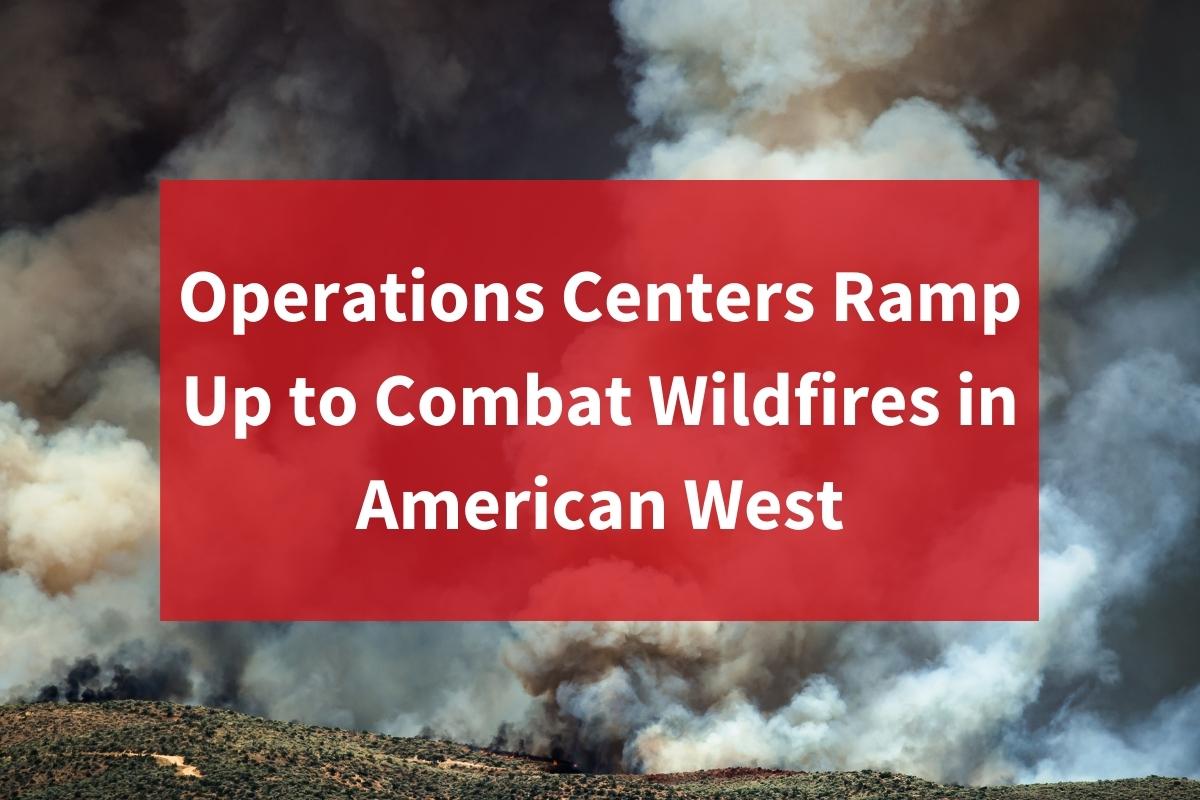In the Western United States, several fires have already burned with a ferocity not normally seen until August or September, the typical peak of fire season.
The Dixie fire in Butte County, which is California’s largest wildfire of the year so far, merged with the smaller Fly fire on July 25. The growth of these fires were fueled by high winds, low humidity, and vegetation at record levels of dryness.
The fire has proven especially difficult to fight because of its remote location — including steep canyons which are nearly inaccessible — and extreme conditions. In fact, the fire has at times created its own weather patterns.It’s going to be a long haul,” said Rick Carhart, spokesman for the California Department of Forestry and Fire Protection.
California is not the only state combating severe wildfires. Other fires in Montana, Washington, and Idaho have also produced pyrocumulus “fire clouds.” According to the National Interagency Fire Center, 85 large fires have burned 1.5 million acres in 13 states as of July 26. The National Fire Preparedness level is currently at 5, the highest possible level, indicating that the majority of available resources are committed to fighting wildfires across the country.
Emergency operations centers activate to respond to wildfires
When natural disasters occur, local emergency operations centers activate to help combat the threat to the community. In an EOC, operators from multiple departments come together to share data and decide upon responses to threats as they emerge.
During wildfires and other similar crises, emergency operations centers ensure that up-to-date information can be shared among federal, state, and local partners as well as with the public.
As these intense wildfires become increasingly common, command centers with a specific focus on wildfire management have emerged as an addition to more traditional emergency operations centers.
Fire command centers and public safety operations centers
While many fire reports are generated via 911 calls or fire spotters in lookout towers, technological advances have allowed for additional innovations in detecting, tracking, and responding to wildfires. One example is the emergence of wildfire command centers, like the Forest Service’s Geospatial Technology and Applications Center, that use satellite technology to detect and monitor wildfire activity in addition to other applications.
Fire safety operations centers use tools such as thermal imagery from space satellites, real-time footage from trail cameras, images captured by aircraft, weather stations, and artificial intelligence to identify hot spots and predict spread.
Combining all this data in a single place enhances firefighters’ situational awareness. With this technology, operators can make informed decisions to ensure firefighter safety. The intelligence granted from the combination of sources means fires can be fought more aggressively and with more forethought.
Intelligence from a fire command center can also come in handy after the wildfires have been extinguished. Mapping out the severity of burn areas helps decision-makers properly allocate resources to fix damage. Those areas with the most severe damage can then be stabilized so post-fire hazards like flash floods and mudslides are better prevented.
In addition to specialized fire command centers, wildfire management also takes place in public safety operations centers. These spaces, which frequently serve as critical intelligence centers for law enforcement, often also combine forces with fire departments and emergency management. Collaboration within these real time operations centers enhances public safety on all fronts during wildfires and other crisis events that threaten the safety of the general public. Whether it’s an emergency operations center, fire command center, or real time crime center, operations centers prove critical for organizing an efficient response from first responders and other decision makers during wildfires.
Effective command centers for emergency management
Efficient and informed response is key to handling crisis situations such as worsening wildfires. A successful emergency response is the result of quality data paired with the persistence of the skilled operations team.
Operations center design requires careful consideration to produce quick and efficient coordination and response. As the physical space where operators gather to share critical information, coordinate response initiatives, and manage personnel, the operations center space should make operators’ vital roles as easy as possible.
Emergency response is aided by a large, central video wall that displays real-time data that all operators in the space can view. The spatial design of a command center should create focal points for data and facilitate collaboration between teams. Furniture in an operations center should also include ergonomic adjustment options, such as sit-stand consoles, for operators who work long shifts to combat emergencies round-the-clock.
The team at Constant has over 30 years of experience creating critical spaces such as emergency operations centers. We provide everything from spatial design and customizable console furniture to video wall integration, installation, and service. To make sure your command center is ready to handle the next crisis, contact us today.
About Constant:
Constant Technologies, Inc. provides AV integration for 24/7 video walls and custom operation center furniture. With 30+ years of experience, we can work with sensitive environments in the public and private sectors. Constant designs and installs projects of all scopes and sizes around the world. We also offer long-term service and support. We create solutions with the highest levels of security, aesthetics and functionality in mind.

